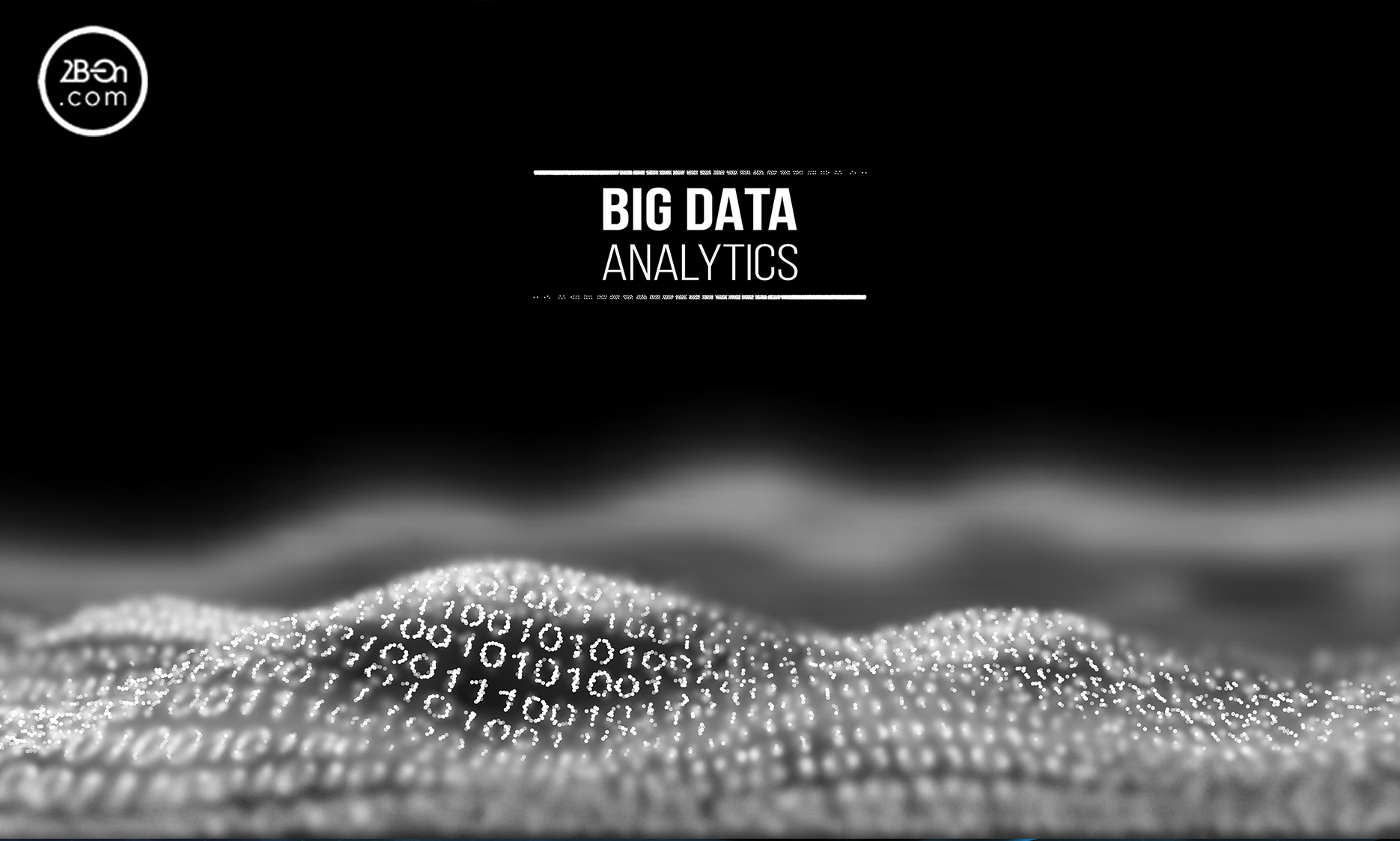Every day, users generate enormous amounts of data, which need to be stored and processed properly to obtain relevant and essential information for the decision-making process. 2B-On TECH has been helping its clients in the digitalisation process by developing information systems – Data Warehouses – that allow them to store their companies’ history. For example, customer consumption over time, recording differentiating and interesting variables that influence the business, such as gender, age, quantity of items purchased, categories (textiles, decor, etc.), and date of purchase. This approach allows for the anticipation of economic fluctuations associated with festive periods (Christmas, Valentine’s Day, among others) or specific events (Black Friday, Sales).
This scenario illustrates the importance of properly designing and planning data storage to answer the questions “What data should be collected?” and “Where and how will the data be stored?”.
The Analytics area appears with the purpose of reducing the uncertainty associated with business management. Data analysis allows you to identify trends and patterns of customer consumption, monitor the company’s economic health, among other crucial aspects for decision-making. There is a wide variety of ways of presenting information, from the traditional report format to the creation of interactive and attractive Dashboards to facilitate data interpretation.
We believe that these key elements have allowed our clients to strengthen their position and increase their competitiveness in the market.

Our experience [2B-On TECH]:



- In 2016, 2B-On won a competition mediated by Inocrowd, in which national and international companies participated, with the aim of responding to a business need for Fidelidade, Companhia de Seguros SA.
- The objective was to optimize the process of collecting information from customers, essential for measuring the risk inherent to the insurance underwritten, and subsequent integration into a database.
- 2B-On provides services to the Banking sector, within the scope of Monitoring and Alarmistics. The aim is to monitor the infrastructure, from internal solutions to customer usage channels. Subsequently, an alarm system is created in order to quickly detect and resolve anomalies/problems.
- Instrumentation
- Monitoring and Observability
- Notification and Orchestration
- Visibility
- Integration
- Insights
- Continuous Improvement


